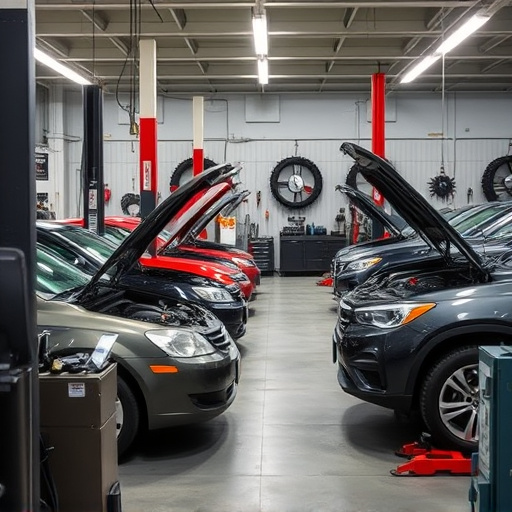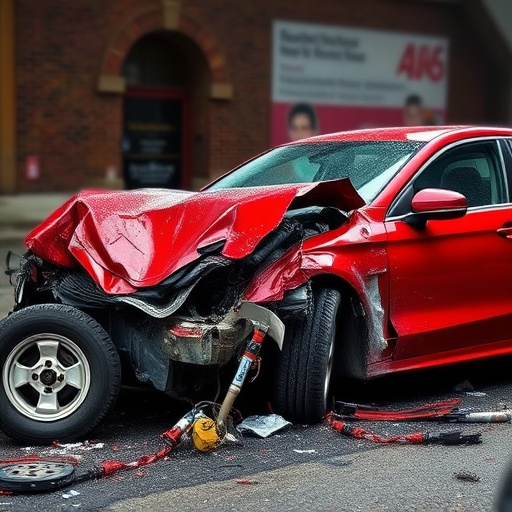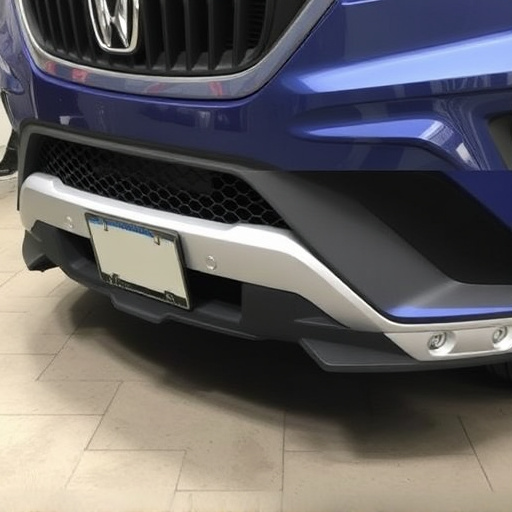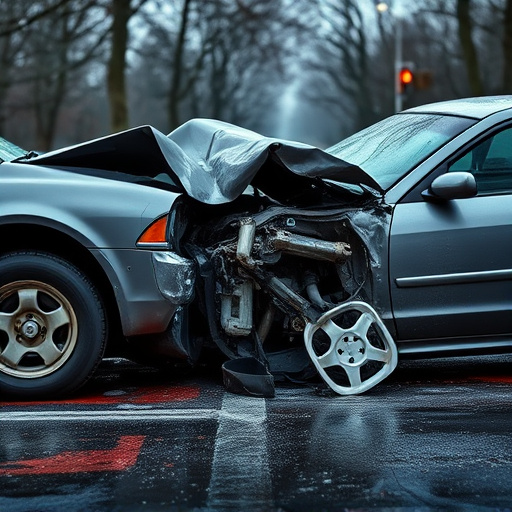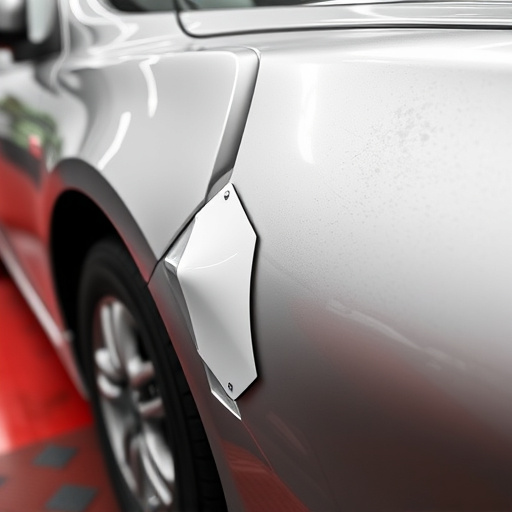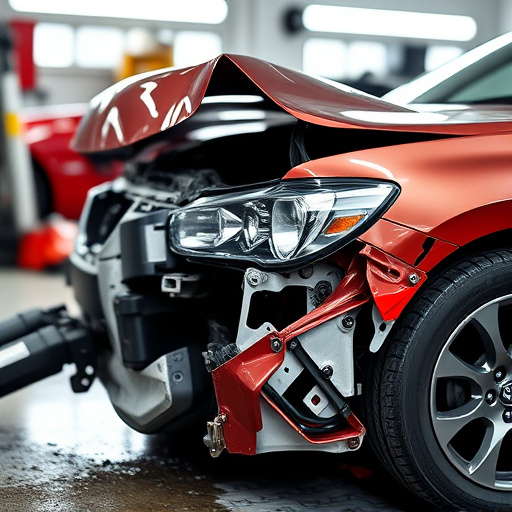After a collision, conduct a thorough brake system inspection to ensure safe braking performance. Visually assess brakes for damage, check fluid levels and component alignment, and evaluate brake lines. Repair or replace damaged parts, including paint services if needed, to optimize stopping distance and control. Regular inspections are crucial for maintaining vehicle safety through proper brake system functionality.
After a collision, ensuring your vehicle’s safety is paramount. One critical aspect often overlooked is the proper brake testing procedure. This step-by-step guide outlines the essential process of assessing and maintaining your brake system integrity post-collision. From conducting a visual inspection to verifying braking performance, each phase is crucial for safe and effective braking. By following these guidelines, drivers can rest assured their vehicle’s brakes are ready for the road after a collision.
- Assess Brake System Integrity After Collision
- Conduct Comprehensive Visual Inspection
- Verify Braking Performance and Adjustments
Assess Brake System Integrity After Collision
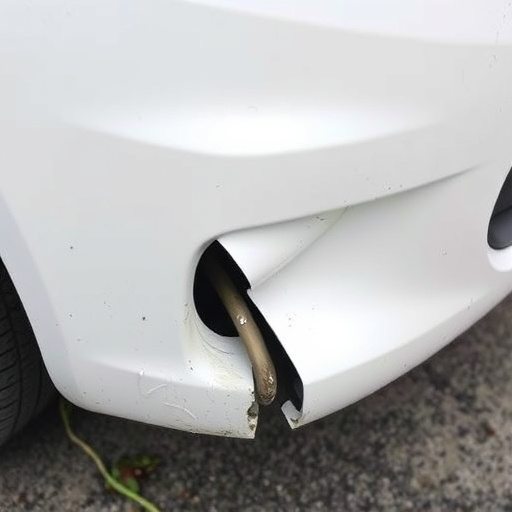
After a collision, assessing the brake system’s integrity is a critical step in ensuring safe operation and preventing further accidents. The initial inspection should focus on visually examining the brakes for any visible damage or discrepancies. Look for signs of warping, cracking, or deformation in rotors, calipers, and pads. Even minor impacts can cause internal damage that might compromise braking performance, so a thorough check is essential.
A brake system inspection involves checking fluid levels, verifying proper alignment of brake components, and assessing the condition of brake lines and hoses. If any damage is found, it’s crucial to address it promptly through repairs or replacement, often requiring professional car paint services for scratch repair or vehicle paint repair, depending on the extent of the collision. Remember, a well-maintained brake system is pivotal in maintaining control and stopping distance during driving.
Conduct Comprehensive Visual Inspection
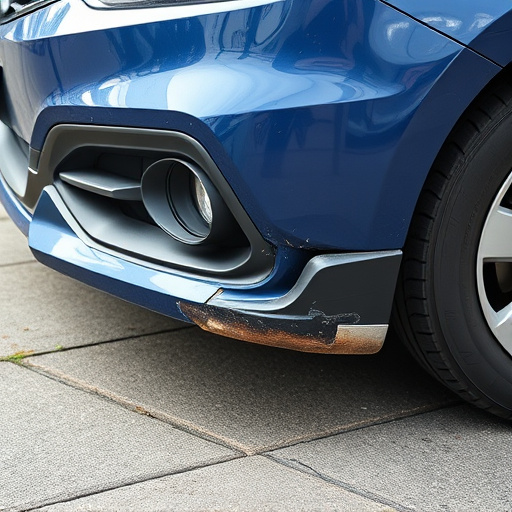
After a collision, conducting a comprehensive visual inspection of the brake system is an essential step in ensuring safe and effective braking performance. Start by examining the brakes for any visible damage or signs of wear. Check the brake pads for thickness; worn-out pads can lead to reduced braking power and increased noise during braking. Look for cracks, deformations, or any unusual markings on the rotors, as these could indicate structural damage that requires repair or replacement. The calipers should be free from hail damage repair marks and properly aligned with the rotors.
Pay close attention to the brake fluid levels, checking for leaks or signs of contamination. In a Mercedes Benz repair scenario or any car bodywork situation, it’s crucial to assess if the brake lines are intact and undamaged. Visual inspection alone might not always reveal internal issues, so consider using specialized tools for a thorough brake system inspection to detect any hidden damage. This step is vital in determining whether the brakes need to be adjusted, replaced, or repaired to restore optimal performance after a collision.
Verify Braking Performance and Adjustments
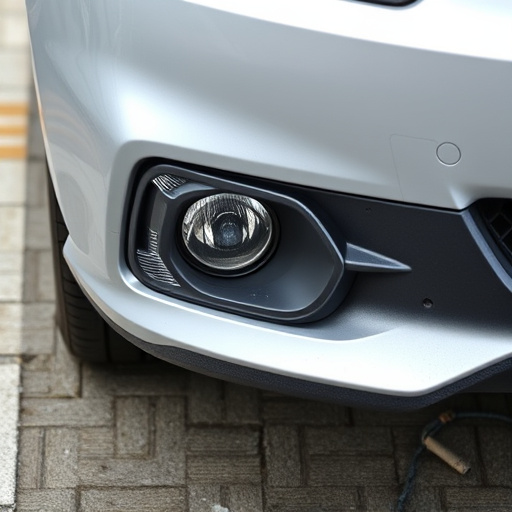
After a collision, it’s crucial to perform a thorough brake system inspection as part of the overall vehicle repair services. This involves verifying the braking performance and making necessary adjustments. During this process, mechanics will assess critical components such as pads, rotors, calipers, and the master cylinder to ensure they function optimally.
A comprehensive check includes testing the braking force and consistency under various conditions. This might involve applying gradual pressure to evaluate the brakes’ responsiveness and determining whether there are any pulsations or vibrations during operation. Moreover, paintless dent repair techniques can be employed to restore the car body shop’s aesthetic appeal while ensuring structural integrity, thereby enhancing safety without extensive bodywork.
After a collision, a thorough brake system inspection is crucial for ensuring safety on the road. By assessing the integrity of the system, conducting visual inspections, and verifying braking performance, you can ensure that your vehicle is ready to navigate bustling roads again. This meticulous process not only identifies any damage but also allows for necessary adjustments, guaranteeing optimal braking efficiency and passenger security. Remember, a proper brake testing procedure post-collision is an essential step in maintaining a reliable and safe vehicle.


